Fall Garden Cleanup, Demystified: What to Actually Prune This Autumn
Of all the seasons in the garden, nothing seems to stir up more questions than fall. As the fiery colors of summer cool down, we all stand there, looking at our flower beds thinking, “Okay, now what do I do with all… this?” The desire to tidy everything up, to make it all neat and tidy for winter, is a powerful one. It feels like it should be as simple as sweeping the porch.
In this article
But I’ve learned over many years of getting my hands dirty that a fall prune isn’t just a chore; it’s more like a strategic conversation with your plants. You’re setting them up not just to survive the cold months, but to absolutely explode with growth next spring.
The biggest mistake I see people make, even seasoned gardeners, is going wild with the pruners and cutting back everything in sight. Honestly, that can be a flat-out disaster for some plants. The real secret isn’t about making the garden look sterile; it’s about understanding what each plant needs. The golden rule we’re going to dig into is this: in the fall, we mostly prune perennials that bloom on new wood. That’s a fancy way of saying their flowers grow on fresh new stems that pop up from the ground in the spring. By cutting back the old, spent growth now, we’re doing way more than tidying—we’re preventing disease, kicking out pests, and giving our plants a clean slate for a vigorous return.
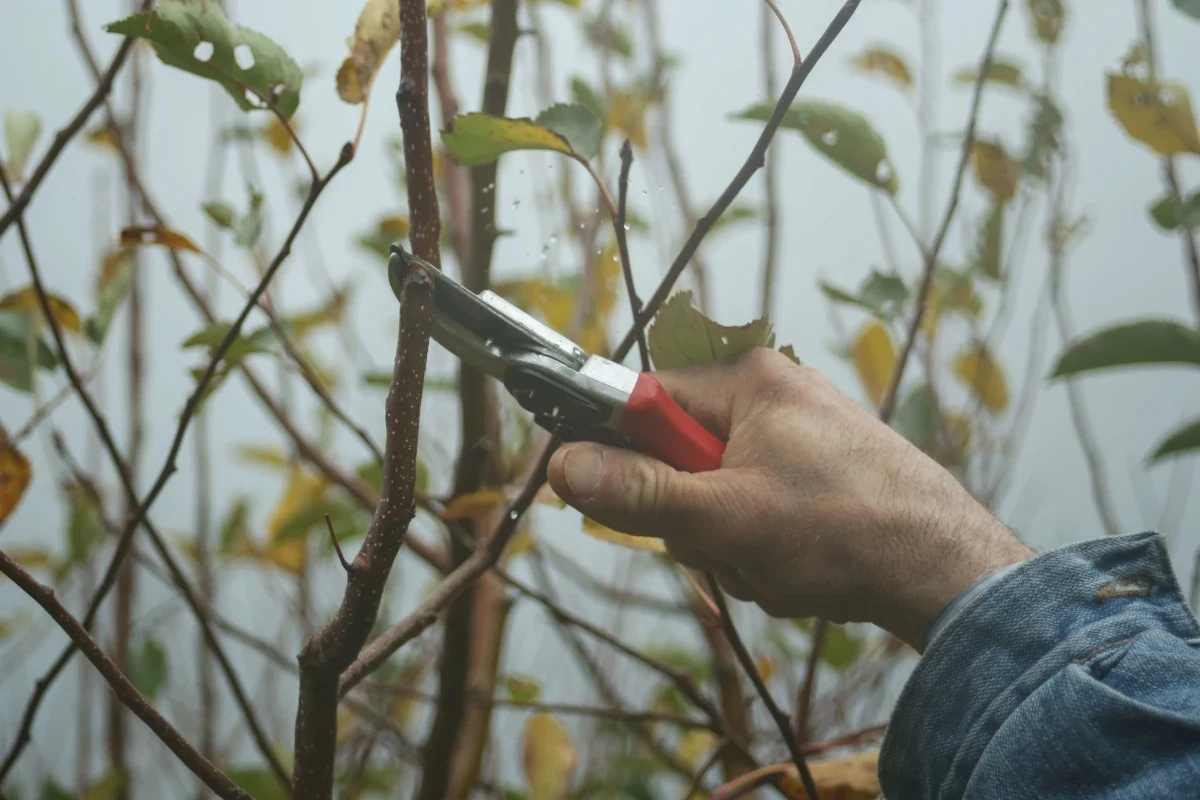
Why Your Shears Have Superpowers in the Fall
Before you make a single cut, let’s talk about what’s actually going on. Great pruning is all about biology, not just making things look pretty. Once you get the “why,” the “how” and “when” click into place so much easier.
Dormancy: Your Plant’s Power-Down Mode
As the days get shorter and a chill hits the air, your perennial plants get the memo. It’s time to prep for winter. They start pulling all the good stuff—sugars and energy—from their leaves and stems and sending it down into their roots for storage. It’s like a bear packing on pounds for hibernation; the roots become a pantry, stocked with all the fuel needed for that first big push of growth in the spring.
This is why timing is everything. If you prune too early while the leaves are still green and working, you’re basically stealing from their pantry. You’re sending them into winter with not enough to eat. So, a good rule of thumb is to wait until the foliage has yellowed and flopped over, like a sad, forgotten salad. That’s your sign that the energy transfer is complete and the top growth is officially retired for the season.
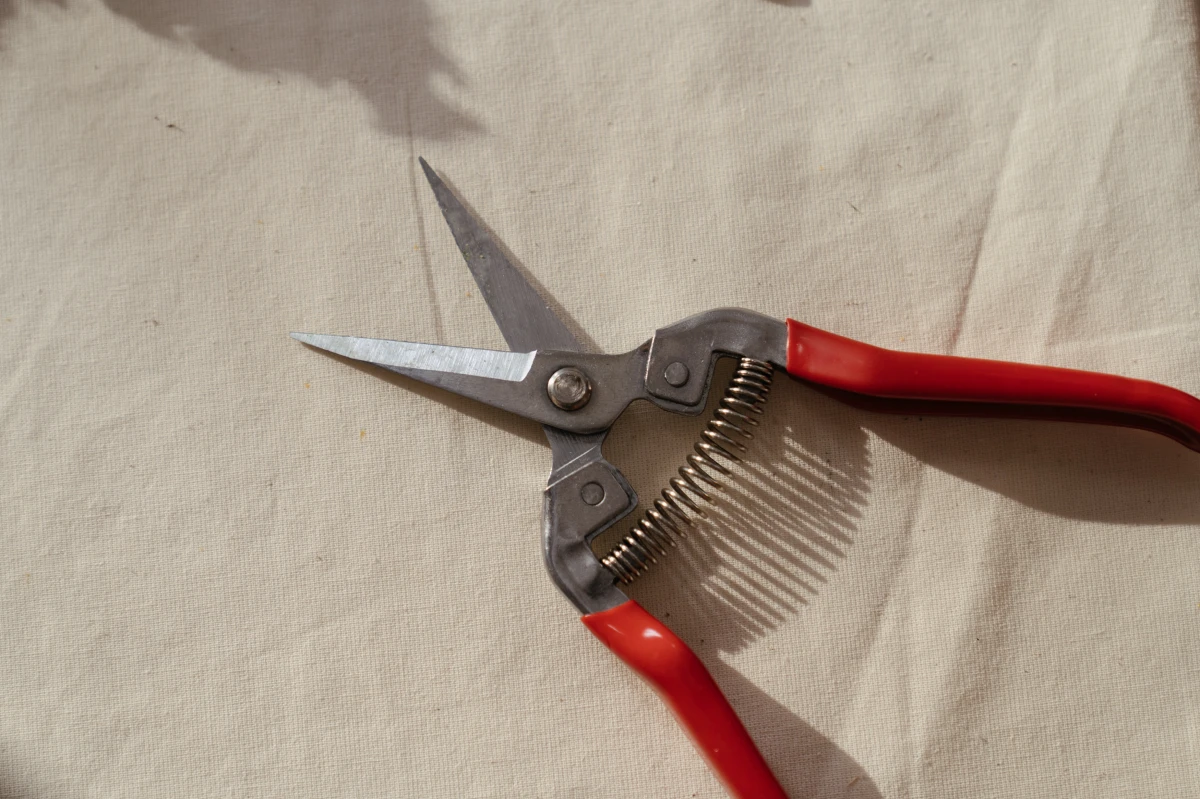
The Most Important Rule: New Wood vs. Old Wood
If you learn one thing about pruning, make it this. It’s the difference between a garden full of flowers and… well, a garden full of disappointment. I learned this lesson the hard way myself. I remember one year I got a little too eager and “cleaned up” my beautiful oakleaf hydrangea in the fall. The next spring? Nothing. Zero flowers. That’s a mistake you only make once!
- Plants that bloom on NEW wood: These are your classic perennials that seem to die back to the ground every winter. Think about plants like peonies, garden phlox, and hostas. They send up brand new stems from the roots each spring, and the flowers form on that new growth. Cutting them back in the fall is perfect because you’re just clearing away last year’s dead scaffolding.
- Plants that bloom on OLD wood: These plants, often shrubs like that hydrangea I messed up, plus lilacs and forsythia, form their flower buds on the stems that grew this year. Those little buds hang out all winter, ready to pop next spring. If you prune them in the fall, you’re literally cutting off all of next year’s flowers. The only time to prune these guys is right after they finish flowering.
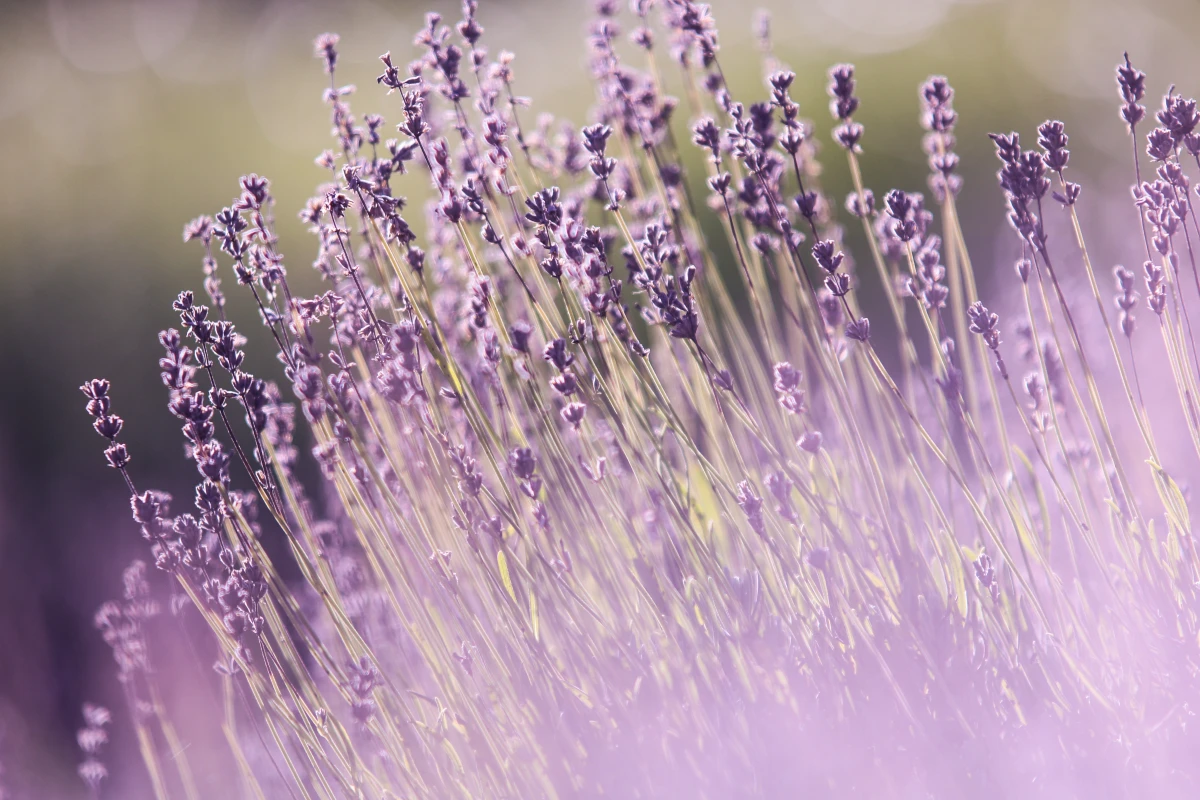
Kicking Pests and Diseases to the Curb
A tidy garden is very often a healthy one. That pile of dead, decaying leaves and stems is basically a five-star winter resort for fungal spores and insect eggs you really don’t want around.
Powdery mildew on your bee balm or phlox is a perfect example. The spores don’t just vanish; they settle onto the dead plant material and wait for spring. By removing the infected debris, you’re breaking the disease cycle. Same goes for pests like the iris borer. The adult moth lays its eggs on the iris leaves in the fall. When you trim and dispose of those leaves, you’re getting rid of the next generation of borers before they can even hatch.
Your Fall Pruning Toolkit
Using the right tool makes the job faster, safer, and healthier for your plants. You don’t need a lot, but investing in quality here really pays off. Here’s what I recommend having in your bucket:
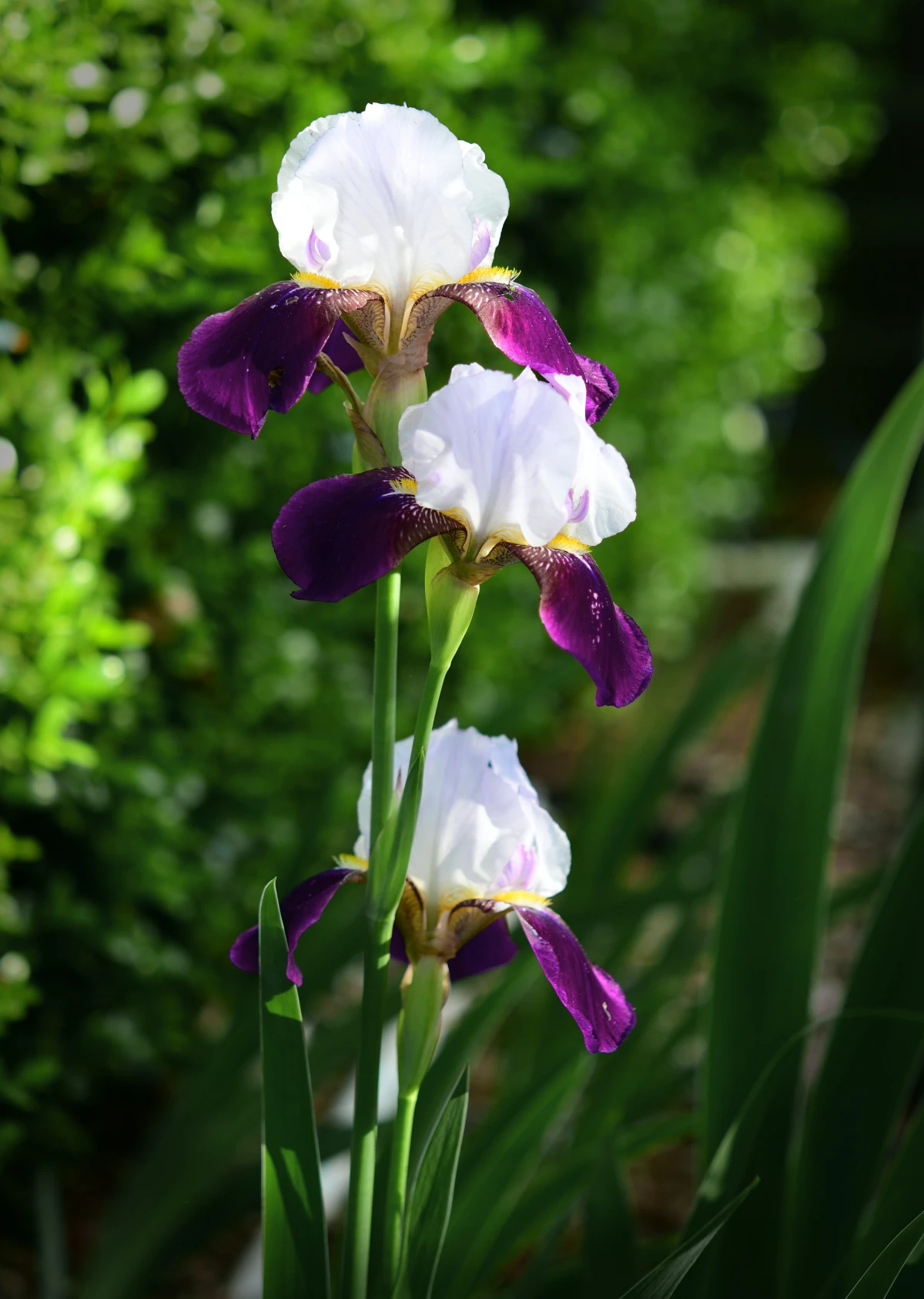
- Bypass Pruners: This is your number one tool. They have two curved blades that slice past each other like scissors, making a clean cut that doesn’t crush stems. A pro-level pair from a brand like Felco or ARS might set you back $50 to $70, but they’re an investment that can last a lifetime. On a tighter budget? You can find a really solid Fiskars set for around $25 at any big box store like Home Depot or Lowe’s.
- Gardening Gloves: A sturdy pair of leather or reinforced synthetic gloves is a must. They’ll cost you between $10 and $30 and save you from countless scrapes and blisters.
- A Spray Bottle of Rubbing Alcohol: This is your secret weapon for plant health. A cheap spray bottle and a bottle of 70% isopropyl alcohol from the drugstore will run you less than $5.
- Yard Waste Bags: For disposing of any diseased material.
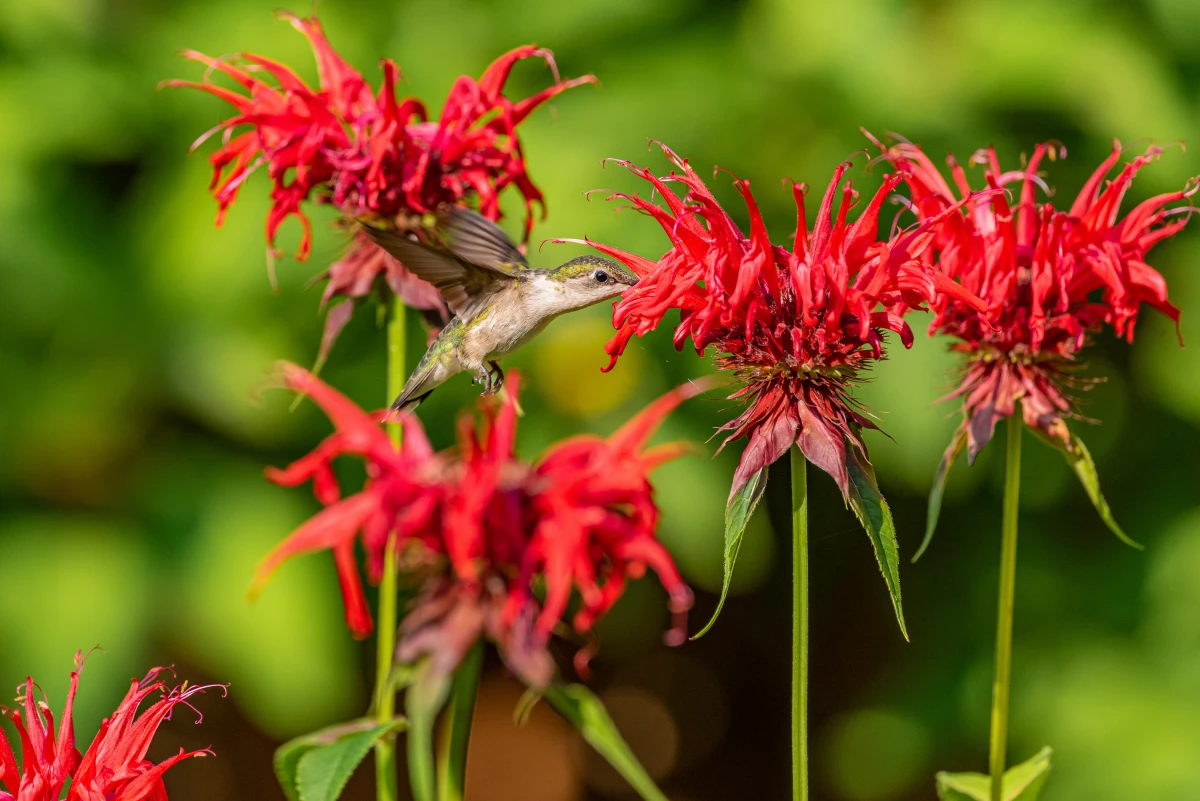
A Quick Tip on Tool Hygiene
This is the step that separates the pros from the amateurs, and I can’t stress it enough: clean your tools. Plant diseases are microscopic, and you can easily spread them from one plant to the next on your pruner blades. It’s so easy to avoid.
Here’s my super-simple method:
- Wipe off any dirt or gunk with a rag.
- Spray the blades with your 70% isopropyl alcohol until they’re glistening wet.
- Let them air dry for about 30 seconds. That’s it!
Do this after you finish with a diseased plant or even just between different plant clumps. It takes five seconds and can literally save your garden.
Okay, Let’s Get Pruning: A Practical Guide
Alright, let’s move from theory to action. Here’s how I handle the most common perennials that love a good fall haircut.
For Beginners: Overwhelmed? Start Here!
If you’re looking at your garden and don’t know where to start, don’t panic. If you only have one hour, just tackle these three. They give you the most bang for your buck in terms of health and tidiness.
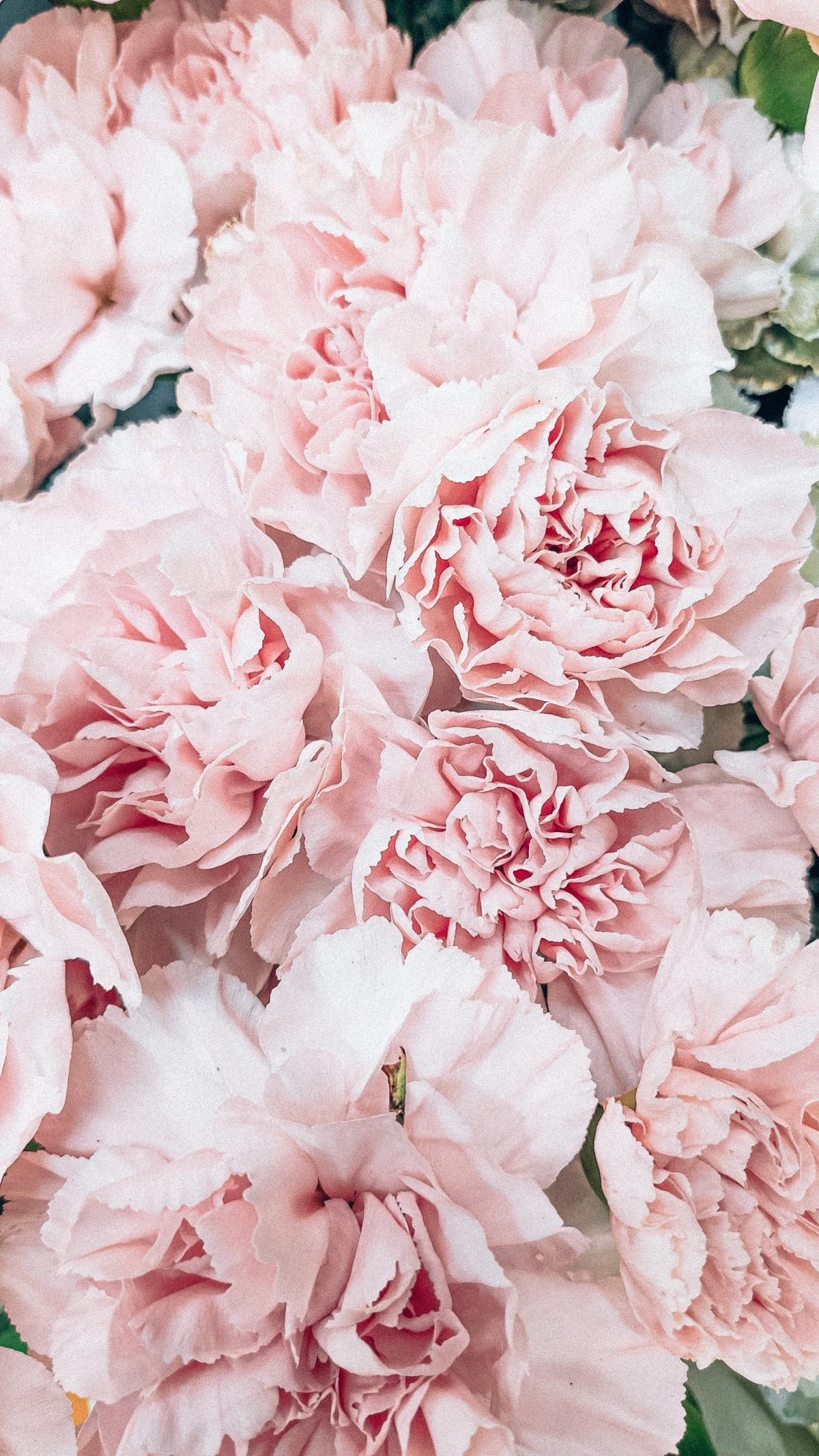
- Peonies: They’re notorious for fungal issues, so cleaning them up is a huge win for next year’s health.
- Bearded Irises: Cutting them back helps prevent pests and rot. Super easy.
- Daylilies: The most satisfying cleanup job. It makes the garden look instantly tidier and reduces slug hideouts.
How to Prune Specific Plants
Peonies (the herbaceous kind)
Peony foliage is a magnet for botrytis blight, a fungus that leaves ugly black spots. To prevent it, cut every single stem as close to the ground as possible, leaving about an inch of stubble. Wait until a hard frost has completely blackened the leaves. And this part is CRITICAL: Bag up all the debris and put it in the trash. Never, ever compost peony foliage. Most home compost piles don’t get hot enough to kill the spores.
Bearded Irises
The main goal here is to stop the dreaded iris borer. Use your pruners to cut the fan of leaves back to about 4 to 6 inches tall. With the leaves trimmed, you can easily inspect the rhizomes (the fleshy roots on the soil surface) for any mushy spots or borer holes. Quick tip: This is also the absolute best time to divide your irises if the clump is getting crowded! Just lift the whole thing, break the rhizomes apart, and replant them.
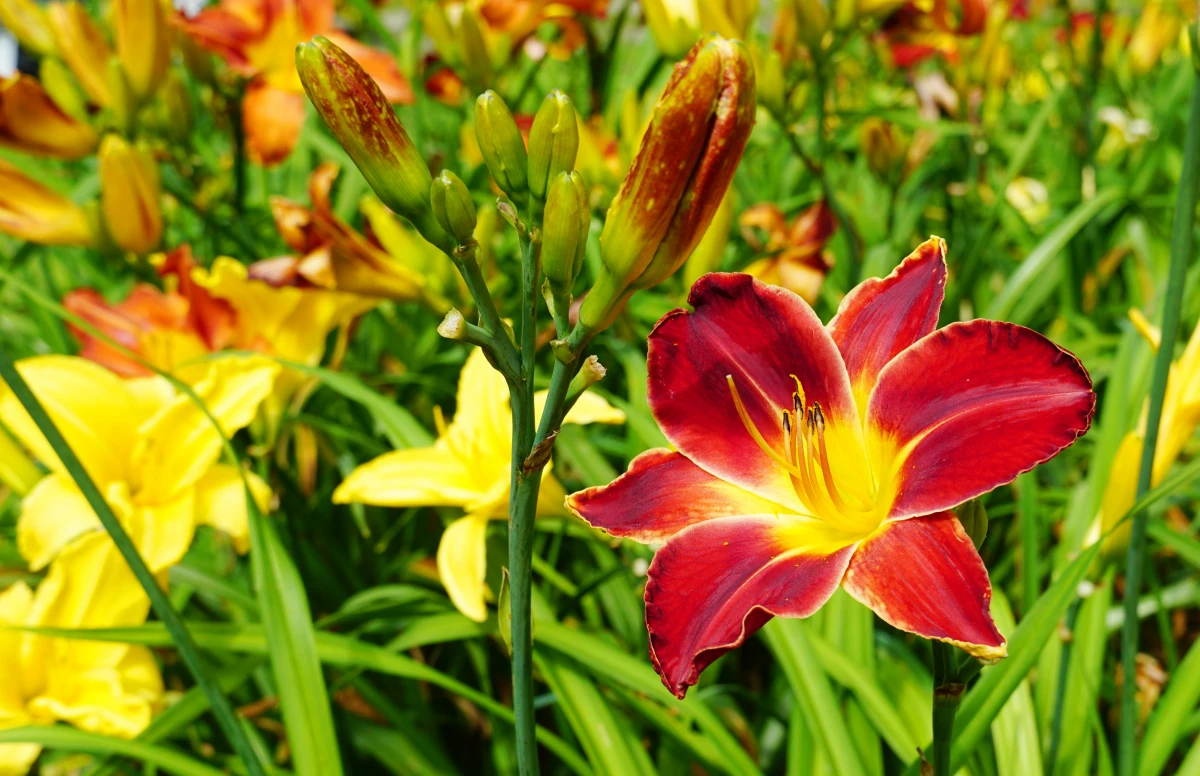
Daylilies (Hemerocallis)
This one is more about tidiness than anything else. Once the foliage is brown and limp, you can usually just grab the whole clump of dead leaves at the base, give it a firm twist, and pull. The whole thing comes away cleanly. It’s so satisfying! If they’re healthy, you can chop these leaves up and use them as mulch or toss them in the compost.
Garden Phlox & Bee Balm (Monarda)
These two often get powdery mildew. Cut the stems back to about 2-4 inches from the ground to remove all the infected material. Now, for bee balm, you have a choice. If the plant was a mildewy mess, cut it back. But if it was healthy, consider leaving it. The seed heads are a fantastic food source for goldfinches and other winter birds.
A Special Warning for Lavender
This is where things get tricky. In warmer climates, a light shearing of the top third after blooming is fine. But—and this is a big but—in colder climates (Zone 6 and below), I strongly advise against fall pruning. From my experience, that scraggly top growth provides vital insulation for the plant’s crown against harsh winter winds. It’s much safer to do a light shaping prune in the spring, once you see new little green leaves emerging. Never, EVER cut lavender back into the old, brown, woody part at the base. It won’t grow back from there.
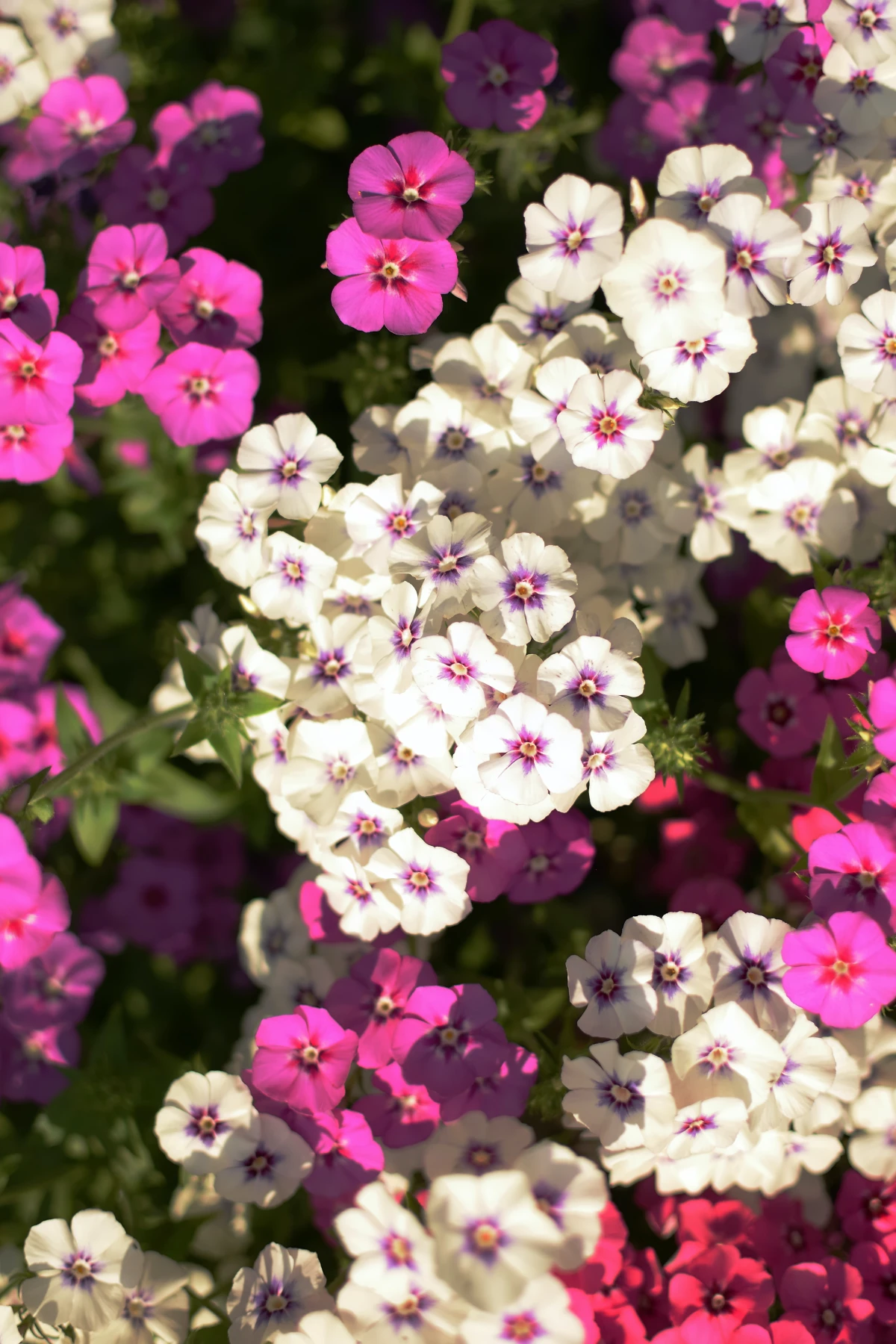
The ‘Do Not Touch’ List: Your Garden’s Winter All-Stars
Just as important as knowing what to cut is knowing what to leave alone. A garden cut completely to the ground can look pretty bleak. Many plants provide food, shelter for wildlife, and beautiful structure against the snow.
- Ornamental Grasses: The golden, wispy texture of grasses catching the low winter sun is just gorgeous. Leave them standing until late winter, then cut them back before new growth starts.
- Coneflowers (Echinacea) & Black-Eyed Susans (Rudbeckia): These are basically bird feeders on a stick. Goldfinches, chickadees, and other birds will feast on the seeds all winter.
- Tough Sedums: The flat, broccoli-like flower heads of ‘Autumn Joy’ and similar varieties look incredible with a dusting of snow. They’re tough as nails and can be cut back in early spring.
- A Pro Tip for Wildlife Lovers: Besides leaving seed heads, consider leaving a few hollow, sturdy stems (like from coneflowers or Joe Pye weed) standing. Cut them to about 12-18 inches. Native bees will use these hollow stems as safe places to nest over the winter.
Think of your fall pruning as the final, caring act you do for your garden before it goes to sleep for the winter. By being thoughtful and strategic, you’re not just tidying up. You’re setting the stage for an incredible performance next year.

Inspirational Gallery
Bypass Pruners: These act like scissors, with two curved blades gliding past each other to make a clean cut. They are ideal for living stems and branches, minimizing damage to the plant tissue. Think of the classic Felco F-2.
Anvil Pruners: Here, a straight blade closes onto a flat surface (the anvil). They are better for dead or tough, woody material as they can crush tender green stems.
For the health of your perennials, a sharp pair of bypass pruners is almost always the superior choice for fall cleanup.
Over 70% of native bee species nest underground or in cavities like hollow plant stems. Leaving some stalks standing provides crucial winter shelter for next year’s pollinators.
What about all the cuttings and leaves?
Don’t just bag it up for the curb! Your fall cleanup debris is garden gold. Soft, disease-free perennial stems and leaves can be chopped up and added to your compost pile. Oak leaves, in particular, are slow to decompose and are perfect for creating a separate pile for leaf mold—a fantastic, free soil conditioner. Larger, woody stems can be used to start a brush pile in a quiet corner of your yard, creating a five-star hotel for birds, insects, and other small wildlife.
- Provides essential food for birds like goldfinches and chickadees.
- Catches the frost and snow, creating stunning winter silhouettes.
- Adds structural height and texture to the otherwise flat winter garden.
The secret? Intentionally leaving the seed heads of plants like Coneflower (Echinacea), Black-Eyed Susan (Rudbeckia), and tall Sedums standing all winter long.
Beyond the practical tasks, there’s a unique sensory pleasure to fall gardening. It’s the crispness in the air that makes you feel alive, the earthy smell of damp soil and decaying leaves, and the satisfying snip of the pruners. It’s a quiet, reflective time to connect with your garden one last time before it sleeps, appreciating the cycle of growth and decay.
A study by the Xerces Society found that leaving the leaves in your garden beds can increase butterfly populations by providing overwintering habitat for their caterpillars and chrysalises.
That blanket of leaves you’re tempted to rake away is a vital ecosystem. It insulates plant roots, conserves soil moisture, and suppresses weeds. More importantly, it’s a winter refuge for countless beneficial insects, from ladybugs to the larvae of fireflies. Consider it your garden’s natural, self-sustaining mulch.
Important note on spring bloomers: Resist the urge to prune shrubs that flower in the spring, such as lilacs, forsythia, rhododendrons, and some hydrangeas (like the bigleaf varieties). These plants form their flower buds on last year’s growth (‘old wood’) during the late summer and fall. Pruning them now means you’ll be cutting off all of next year’s beautiful blooms.
Before you even start, take inspiration from garden masters like Piet Oudolf, a key figure in the “New Perennial” movement. His designs celebrate a plant’s entire life cycle, emphasizing the beauty of structure, texture, and form in autumn and winter. He teaches us that a garden’s interest doesn’t have to end with the last flower; skeletal seed heads and golden grasses can be just as breathtaking.
Clean tools are non-negotiable for preventing the spread of plant diseases. A clean cut also helps the plant heal faster. After your pruning session:
- Wipe away any sap and soil from the blades with a rag. For stubborn resin, a little rubbing alcohol or a specialized cleaner like ARS Blade Cleaner works wonders.
- Sharpen the blade with a diamond file or a sharpening stone, following the original bevel.
- Apply a light coat of a lubricant like Camellia oil to prevent rust and keep the mechanism moving smoothly.
- Grasses like Switchgrass (Panicum virgatum)
- Sturdy perennials like Joe Pye Weed (Eutrochium)
- Plants with interesting seed pods, like Siberian Iris
These are just a few examples of plants to leave standing. They provide what gardeners call ‘winter interest’—a framework that adds life to your landscape even under a blanket of snow.










